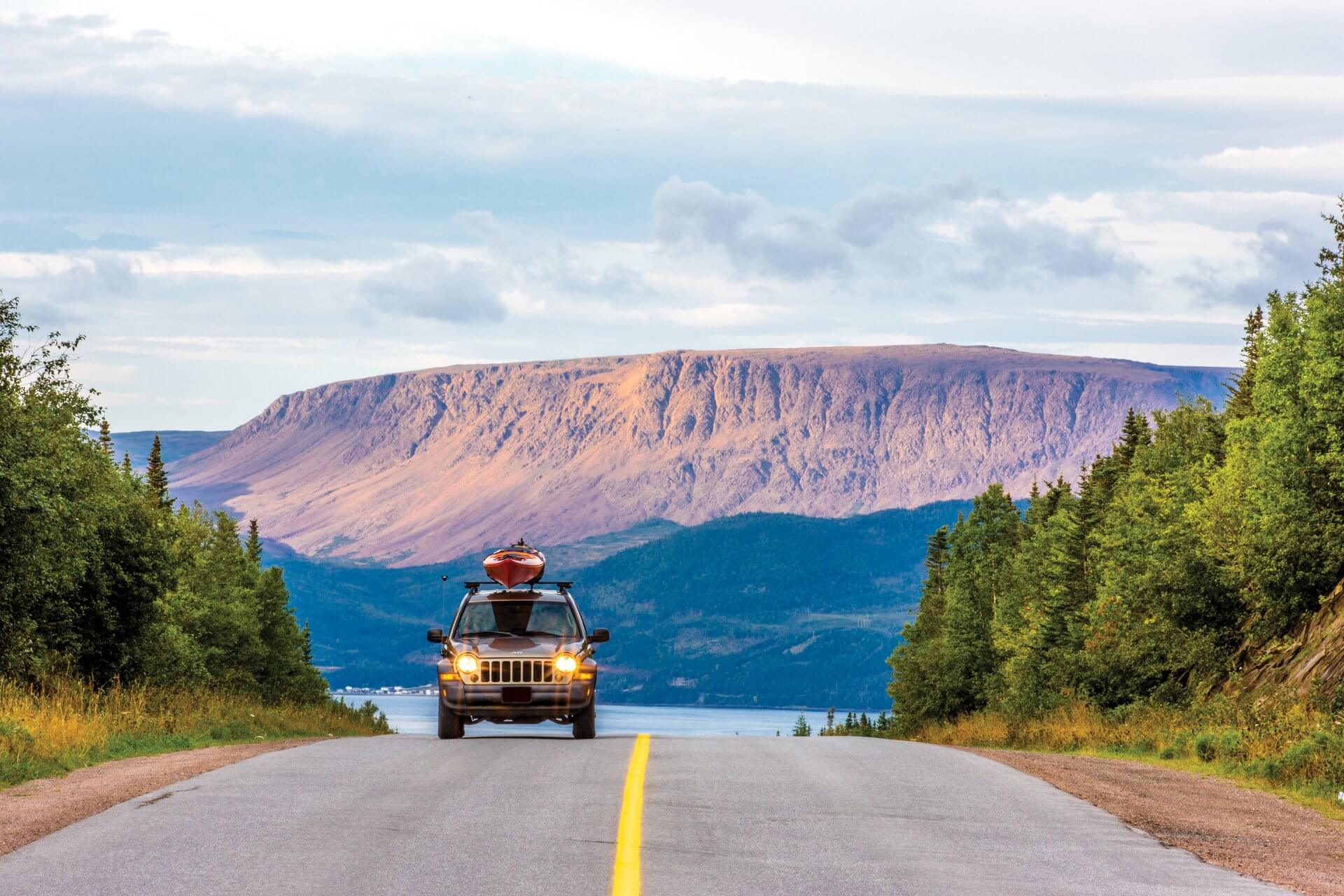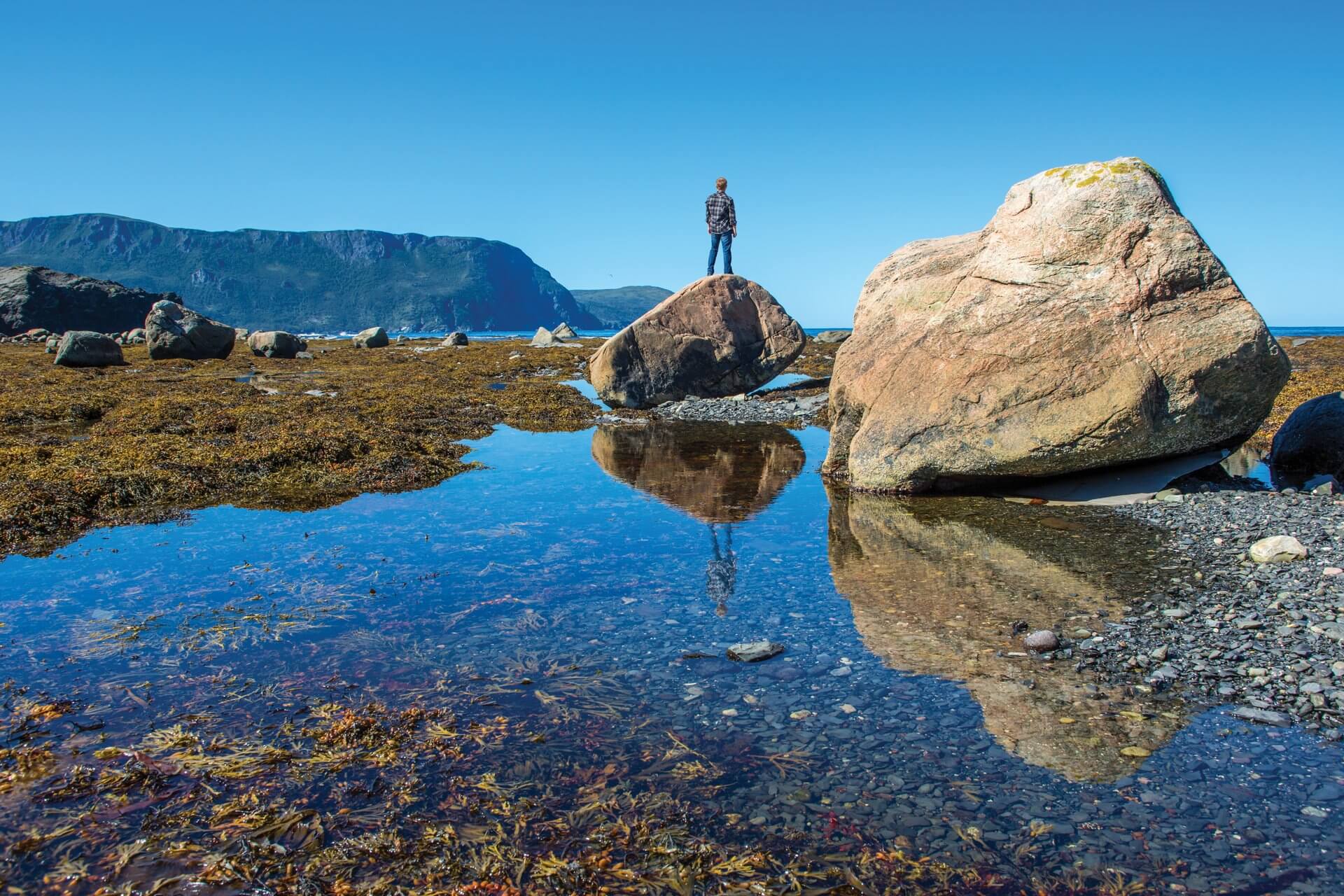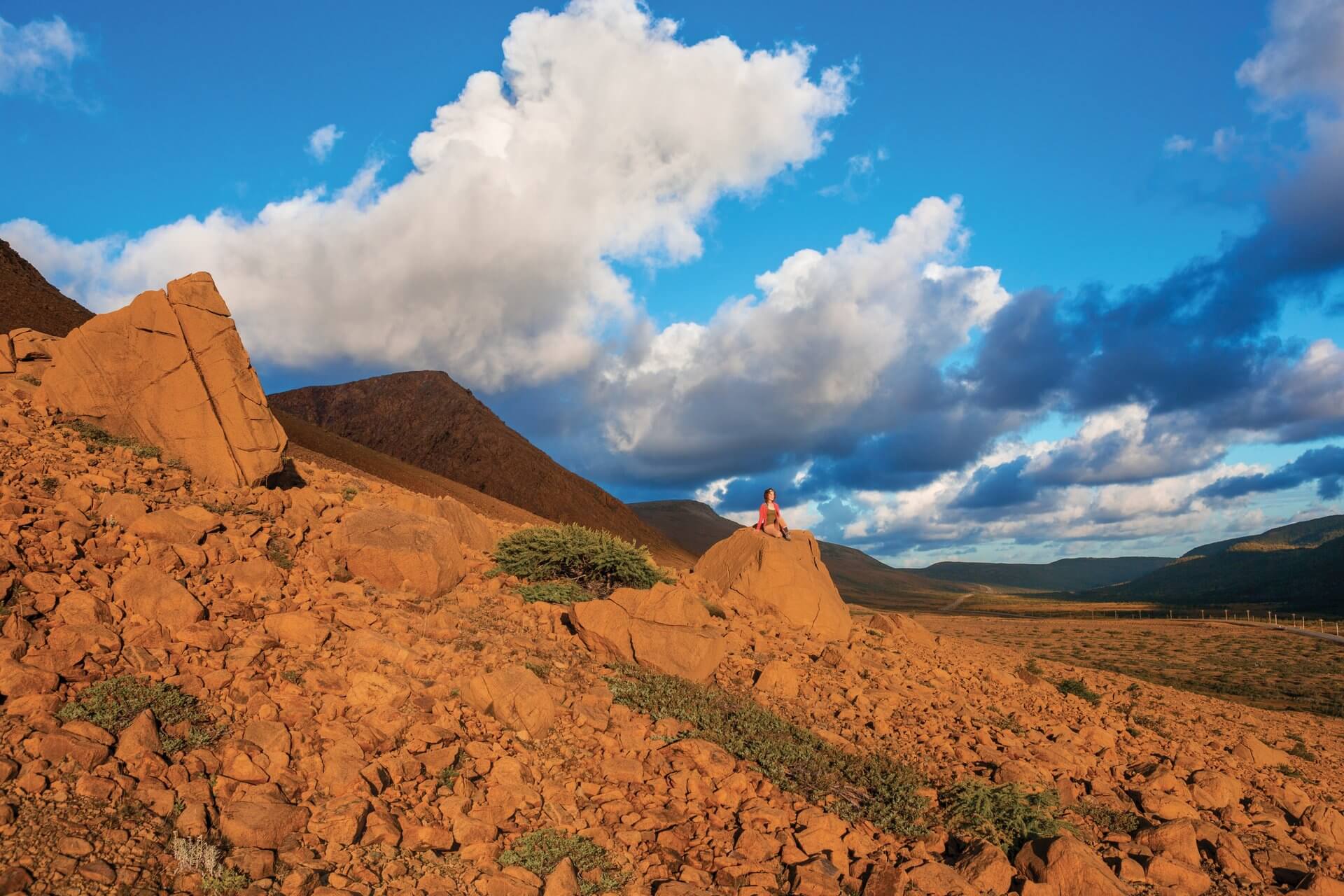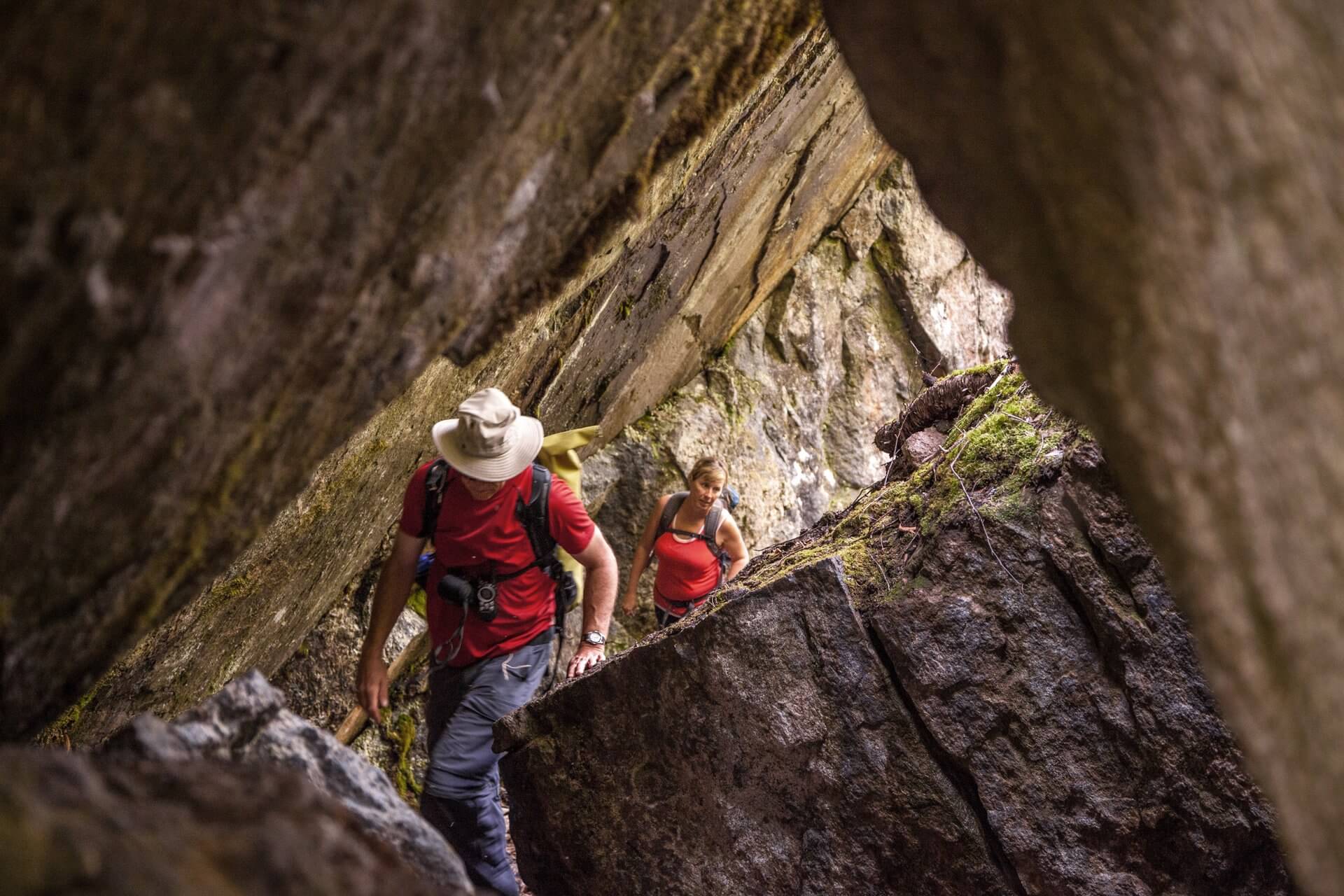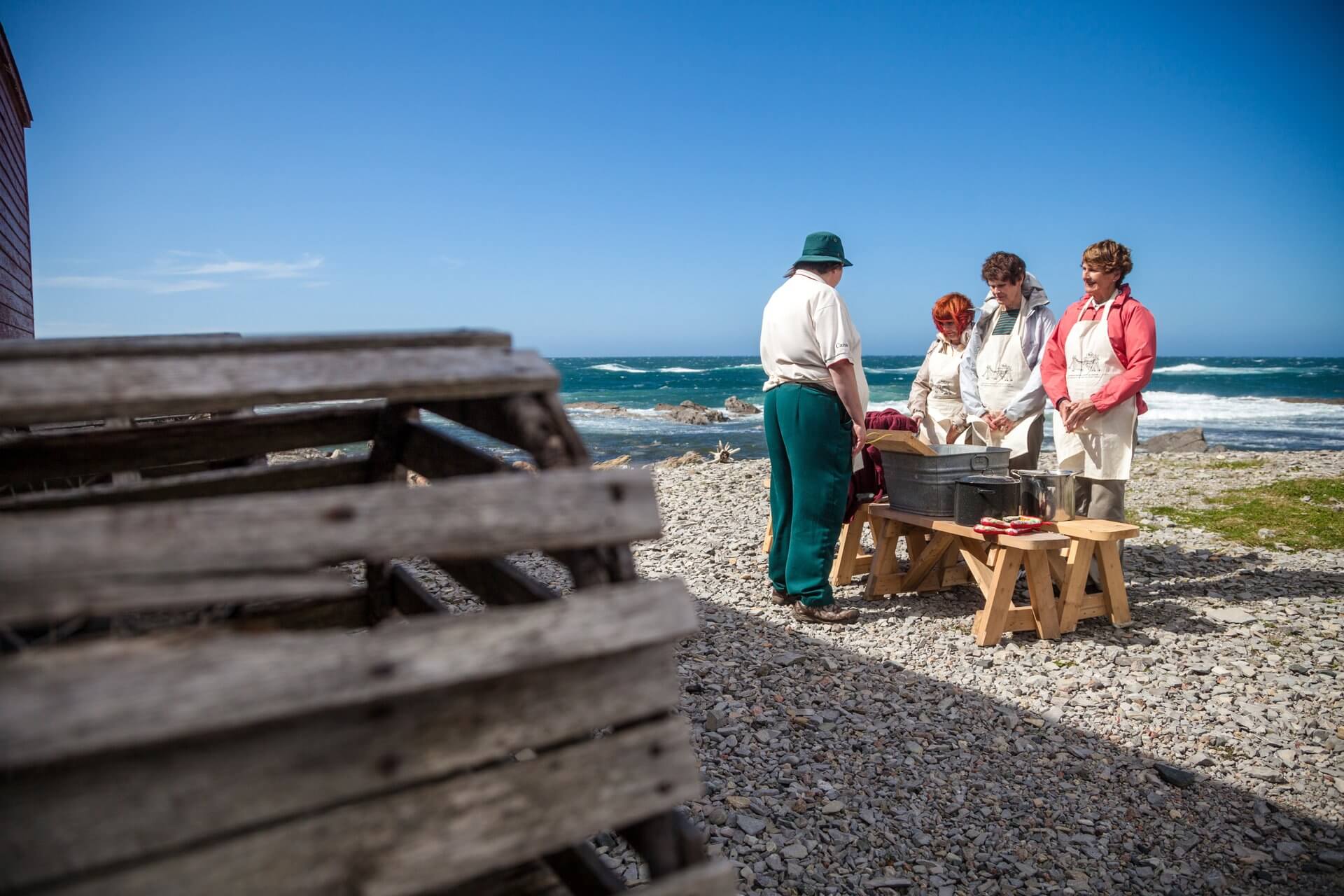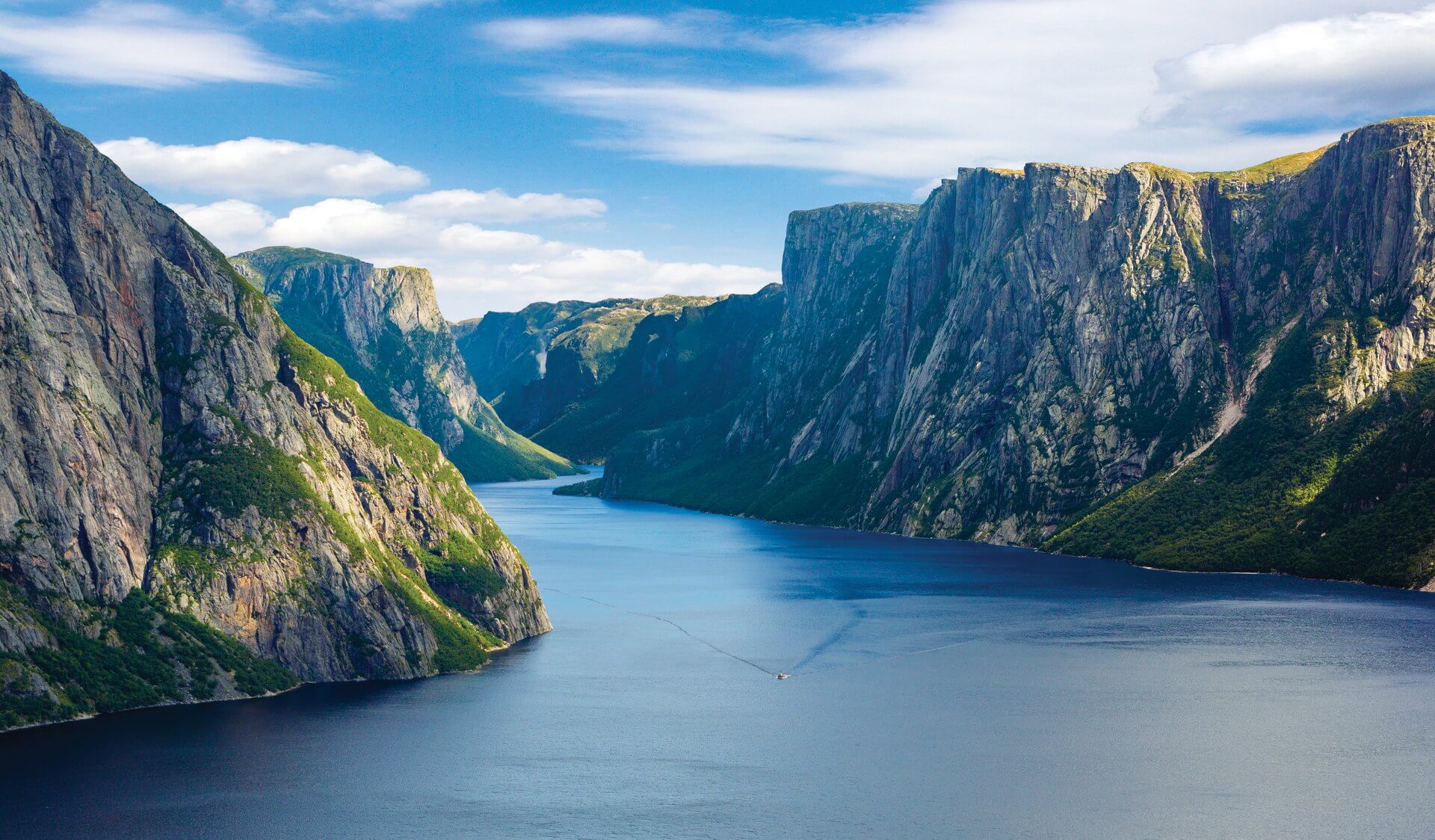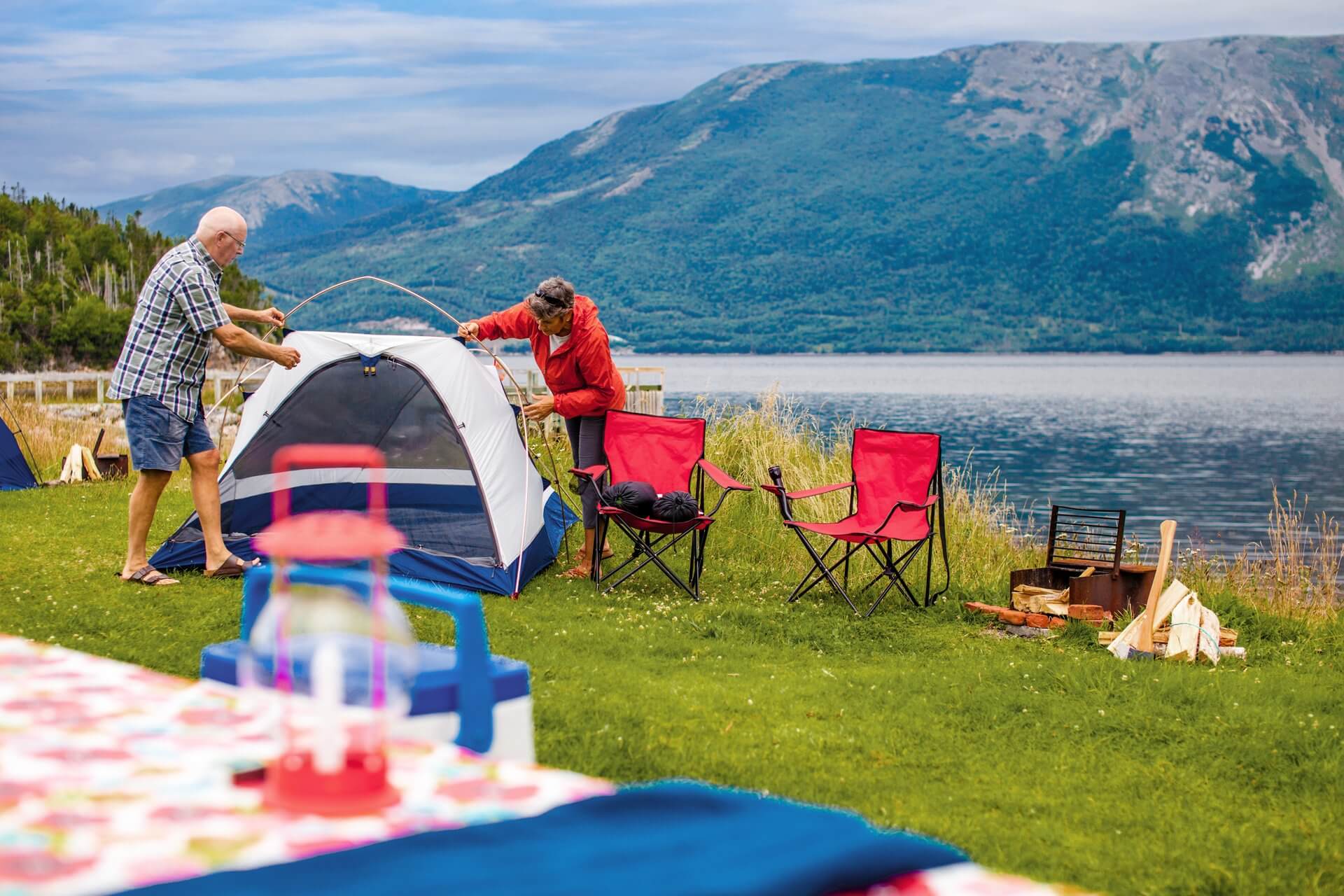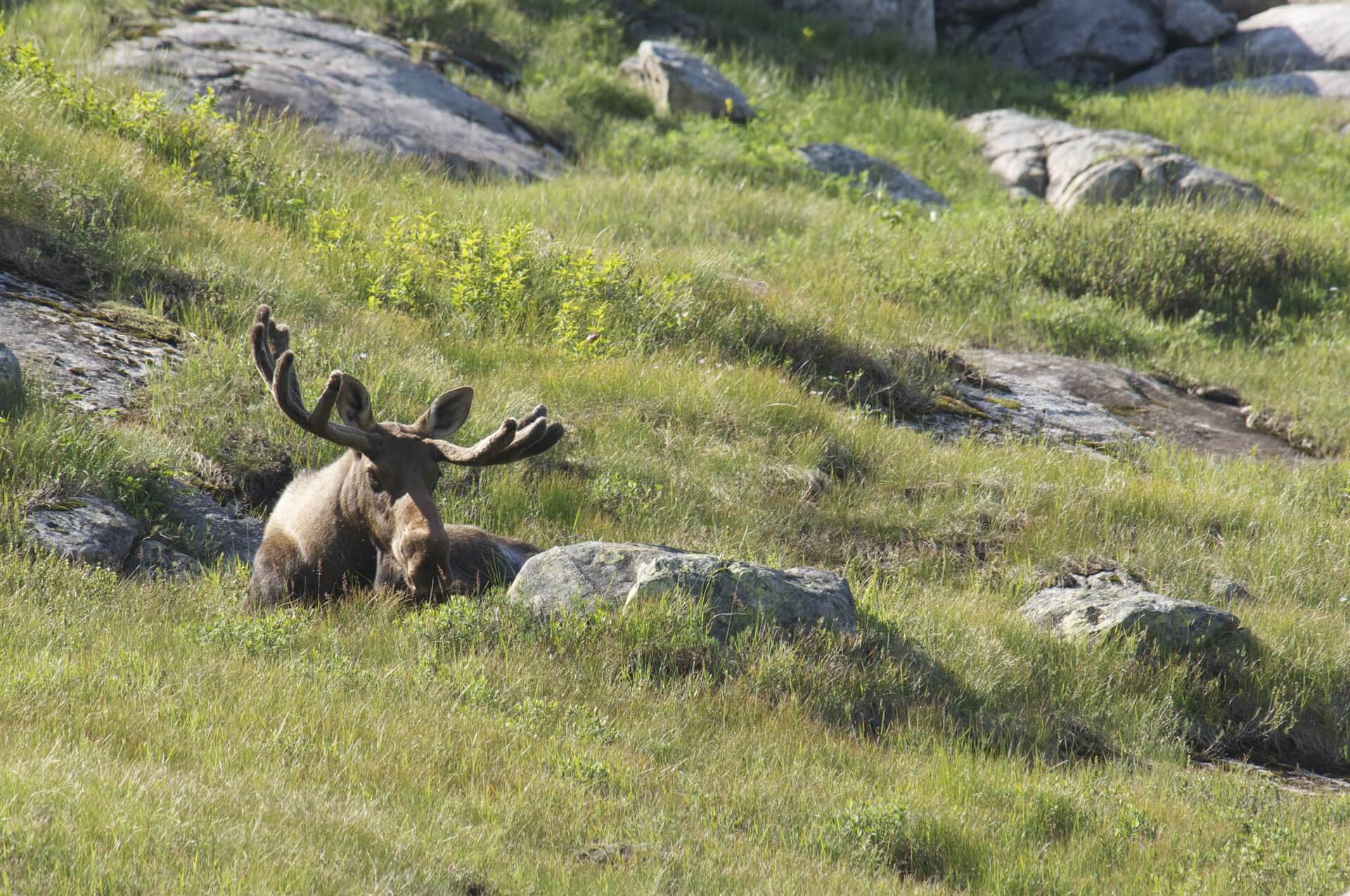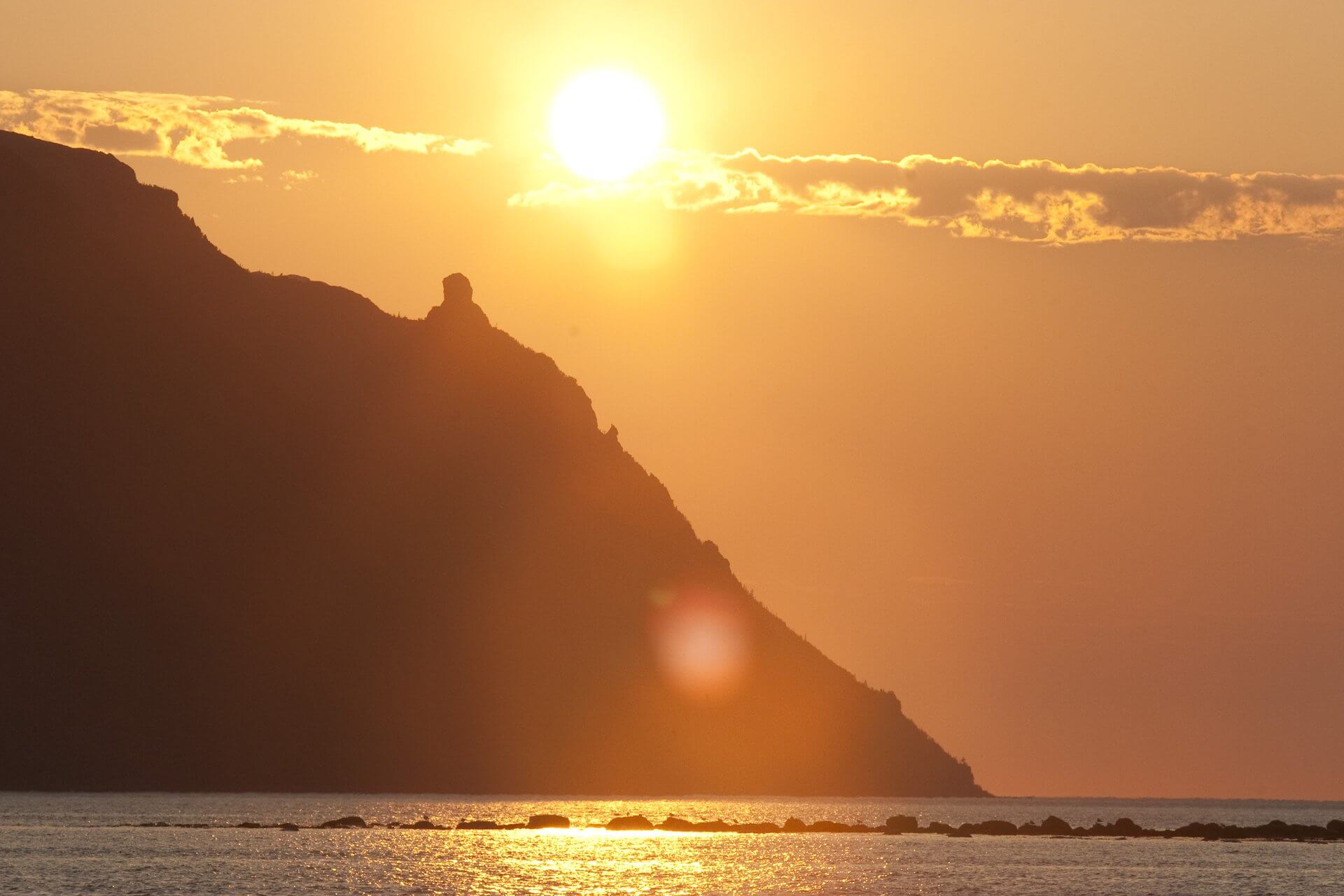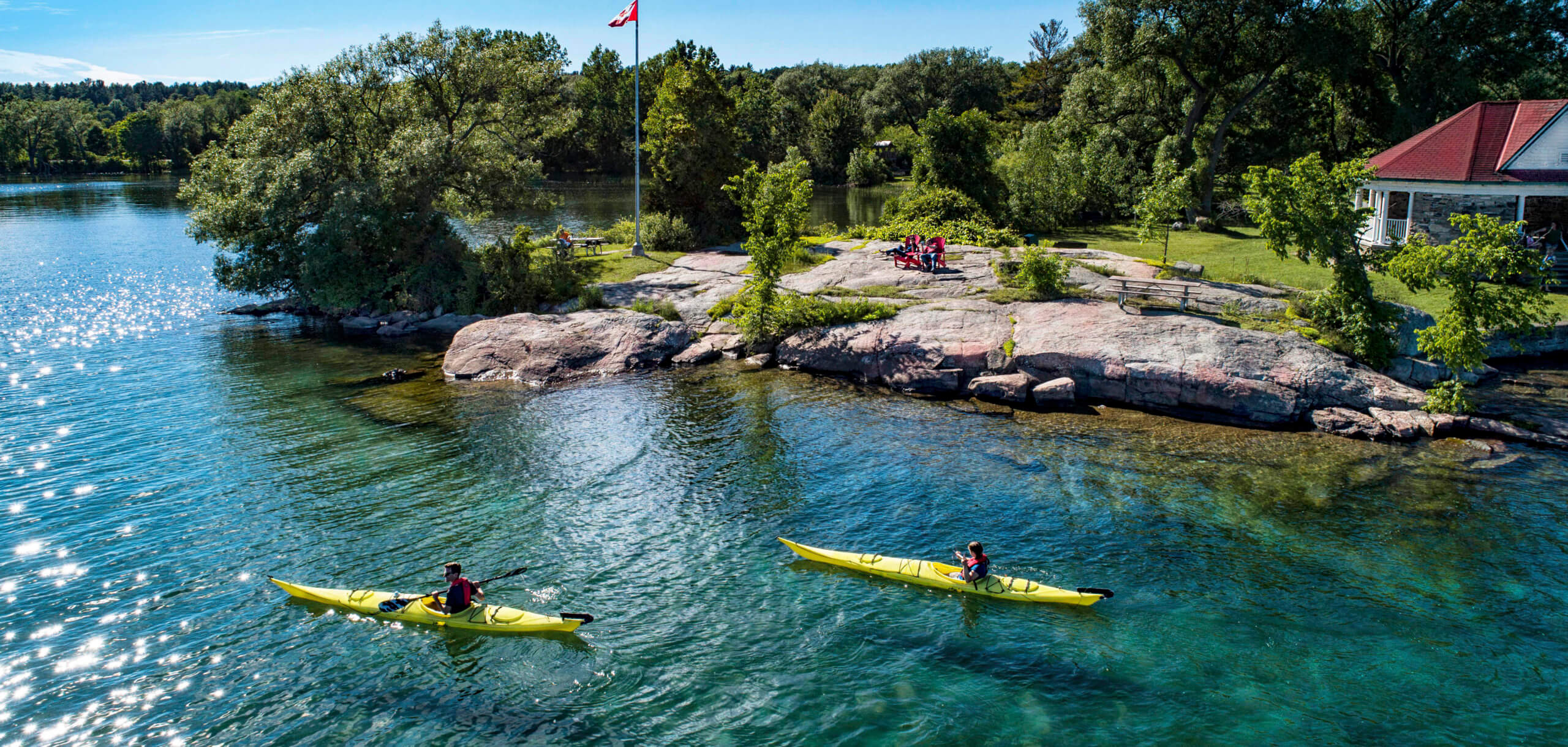10 Reasons To Put Gros Morne On Your Travel List For 2023
Gros Morne National Park is a spectacular wilderness area on the western edge of Newfoundland bordering the Gulf of St. Lawrence. The park encompasses 1,805 square kilometres and showcases a variety of landscapes, from soaring cliffs carved out by ancient glaciers to alpine plateaus and rugged coastlines.
It is one of Canada’s most incredible national parks and the photos alone are enough to make you want to add it to your Canadian must-see list. But in case you need more incentive, we’ve rounded up a list of reasons to get you planning a trip.
For more Newfoundland travel inspiration or to book a trip, please browse our Newfoundland Experiences or check out this fully guided 13-day excursion that includes a visit to Gros Morne.
10 reasons why Gros Morne National Park should be on your list of places to see in 2023:
1. It’s one of the few places in the world you can see the Earth’s Mantle
Normally contained far below the crust, the Earth’s mantle is on full display at Gros Morne National Park. When ancient continents collided, the inner part of the Earth (made up of silicate rock) was thrust up and eroded over millions of years to create what is now known as the Tablelands. This barren landscape located in the southern portion of the park is especially remarkable because it helped to prove the scientific theory of tectonic plates.
The surreal orange landscape can be explored on foot, either on a guided walk or on an independent hike. It is especially stunning to see it in contrast to the surrounding area — the lush green of the forested hills and the deep blue of the water. There aren’t very many places in the world where you’ll have the opportunity to walk upon the Earth’s mantle. You’ll leave with a deeper understanding of the world’s amazing geology.
2. The drives through the park are beautiful
Imposing cliffs, deep fjords and forested mountains make driving in Gros Morne a thing to remember. Bonne Bay divides the park into a north and south side — and any way you choose to drive will yield memorable scenery. Route 431 between Woody Point and Trout River (south portion of the park) is especially scenic as it gives you a great vantage point to see the contrast between the green-covered mountains on the one side and the barren orange of the Tableland mountains on the other.
The scenery is spectacular but take it slow because the park is home to a lot of moose.
3. There is hiking for all fitness levels
There are more than 100 km of hiking trails within Gros Morne National Park and they range from relaxing strolls to challenging full-day excursions. Gentle hikes include the 4-km Tablelands Trail that gives you a taste of the barren landscape of the Earth’s mantle and the 700m Southeast Brook Falls Trail, which wides through balsam fir and white birch forest to the top of the namesake waterfall. More experienced hikers will want to tackle the 17-km James Callaghan Trail that leads to the park’s highest point at the top of Gros Morne Mountain or the scenic but very challenging 9-km Snug Harbour Trail. If you’re able to do it, the Western Brook Pond trail (a relatively easy 6 km return) should be on your list for the incredible views it offers.
Multi-day wilderness/backcountry hiking is also available. The longest hike combines the 27-km Northern Traverse with the 35-km Long Range Traverse for a 5-7 night epic adventure.
4. The park offers great interpretive programming
Learn about Mi’kmaw stories and traditions in an art exhibit at the Discovery Centre, step inside a century-old lighthouse, discover creatures in the tide pools or take a guided stroll through the Green Point Geological Site where you can explore a cool sequence of layered rocks. The programs — both guided and self-guided — on offer throughout Gros Morne reflect that varied cultural and natural landscape of the park.
The most popular programs are the 2-hour trail walk through the Tablelands (where a Parks Canada guide helps you to understand the unique landscape) and the Western Book Pond cruise (more on that below).
5. You can cruise Western Brook Pond
There’s nothing quite like cruising between towering cliffs to see waterfalls thundering from 2,000 feet above. The park offers visitors a chance to do just that with the Western Brook Pond cruise with runs from May to the beginning of October (reservations required well in advance — this is very popular). Don’t let the word ‘pond’ fool you — Western Brook Pond is a 16-km long freshwater lake often referred to as a land-locked fjord, flanked by soaring billion-year-old cliffs.
To get to the dock for the start of the boat cruise, you will be required to walk three kilometres from the parking lot. The cruise takes about 2 hours to complete and there is no shortage of spectacular things to see along the route. Depending on the weather, you might get clear views of the surrounding cliffs or experience the magic that happens when the fjord fills with a misty fog.
6. You can camp at the edge of the sea
Gros Morne National Park has 236 campsites at five campgrounds throughout the park. Three of the five campgrounds have electrical hook up, meaning that there are places suitable for all sorts of campers — whether you come with a tent, trailer or RV.
For a truly magical camping experience, try booking one of the waterfront sites. Lomond Campground is located on the shores of Bonne Bay and several walk-in sites offer waterfront sites. Or get right out on the Gulf of St. Lawerence at the Green Point Campground for spectacular sea views.
Camping booking can be made through the Parks Canada reservations page.
7. The wildlife is abundant
The park’s vast wilderness provides a protected area for many species of wildlife. Moose, which is not a native species in Newfoundland but was introduced into the province a century ago, can often be spotted. Woodland caribou hang out on large coastal bogs north of Rocky Harbour and black bears can be found throughout the park.
Due to its location along the Gulf of St. Lawrence, Gros Morne is also a great place for spotting marine mammals. Minke whales and harbour seals are most often spotted along the 170 km of coastline, but humpback whales, harbour porpoises and white-sided dolphins can also be seen occasionally.
Birds are also plentiful in the park and it is, in fact, one of the best places in Canada to see ptarmigan. According to Parks Canada, rock ptarmigan like the open barrens on top of Gros Morne Mountain while willow ptarmigan are more likely to be spotted in treed habitats along the mountainside.
8. The sky is spectacular
Whether you’re love sunsets, sunrises or seeing billions of stars in the night sky — or all of these! — Gros Morne is a fantastic place to see the spectacle of a big sky. You’ll get the dramatic backdrop of gorgeous mountain scenery as you gaze upon the endless expense of open skies.
The park is currently in the process of applying for certification as a Dark Sky Preserve by the Royal Astronomical Society of Canada so you know there won’t be much in the way of light pollution to get in the way of your views.
9. It is a UNESCO World Heritage Site
Gros Morne National Park was designated as a UNESCO World Heritage Site back in 1987 for its outstanding universal value.
According to UNESCO, “the park provides a rare example of the process of continental drift, where deep ocean crust and the rocks of the earth’s mantle lie exposed. More recent glacial action has resulted in some spectacular scenery, with coastal lowland, alpine plateau, fjords, glacial valleys, sheer cliffs, waterfalls and many pristine lakes.”
10. It offers winter activities too
If you’re visiting Newfoundland in the winter months, don’t discount a visit to Gros Morne National Park. The park receives abundant amounts of snowfall but has fairly moderate winter temperatures, making it an excellent place to get outside and enjoy some winter activities.
You can snowshoe almost anywhere in the park so finding a path for your time and fitness level shouldn’t be a problem. For cross-country skiers, the park maintains a series of groomed trails (most are for classic skiing but some are tracked for freestyle). Snowmobiling is also allowed with a permit.

